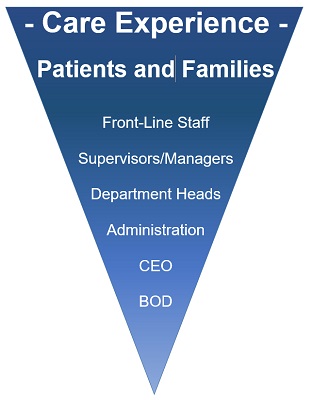
Have you experienced any of these characteristics with a coworker or a boss?
- The need to be “right” all the time
- Quick to take credit for everything but be the first to assign blame on others
- Minimize people and their emotions
- Pit employees against each other
- Desire to be appreciated and attended to all the time
- Show no consideration for others or display empathy or compassion
- Inconsistent behavior – you may be their best colleague/employee one minute and they may be threatening to fire you the next
- Insistence on compliance with their demands regardless of how unreasonable they might be
- Complete disregard of ethics, standards and morals, like they are above the law
If any or all these behaviors seem familiar to you, then run as far as you can from this individual, especially if they are your boss! Since that may not always be an option, below are some strategies that will help you deal with narcissists.
- Make them look good. Praise and acknowledgement make them tick
- Give them the attention they need, within reason. They feel threatened when you do not comply with their own self worth and aggrandization
- Do not try to reason or argue with them, it will just aggravate them. Let them talk while you listen
- Learn their pet peeves and avoid those. Similarly, learn what is important to them and cater to that
- Build a wall – you cannot take anything these individuals say personally. They can be manipulative and abusive, damaging your self-esteem. Disengage with them
- Find your drivers – do not expect them to motivate you and do not let them take you down. Keep the fire burning by focusing on what’s important for you
- Be proactive. While this is a good management mantra all the time, learn the triggers to narcissistic behaviors and control their occurrence as much as you can
- Enhance your emotional intelligence and learn tactics to cope with the behaviors professionally
- Let them micromanage or make decisions. They want their way and will get it. If you don’t agree with it voice your concerns but don’t expect to have the final say
Narcissists may be very successful entrepreneurs or professionals owing to their ability to turn on the charm and risk-taking skills, but they make ineffective leaders. Learning how to cope with narcissists in the workplace can be a great lesson in managing up or around!
Connect with us on LinkedIn, join our Active Network Program and look at the other areas of connection we offer.



















